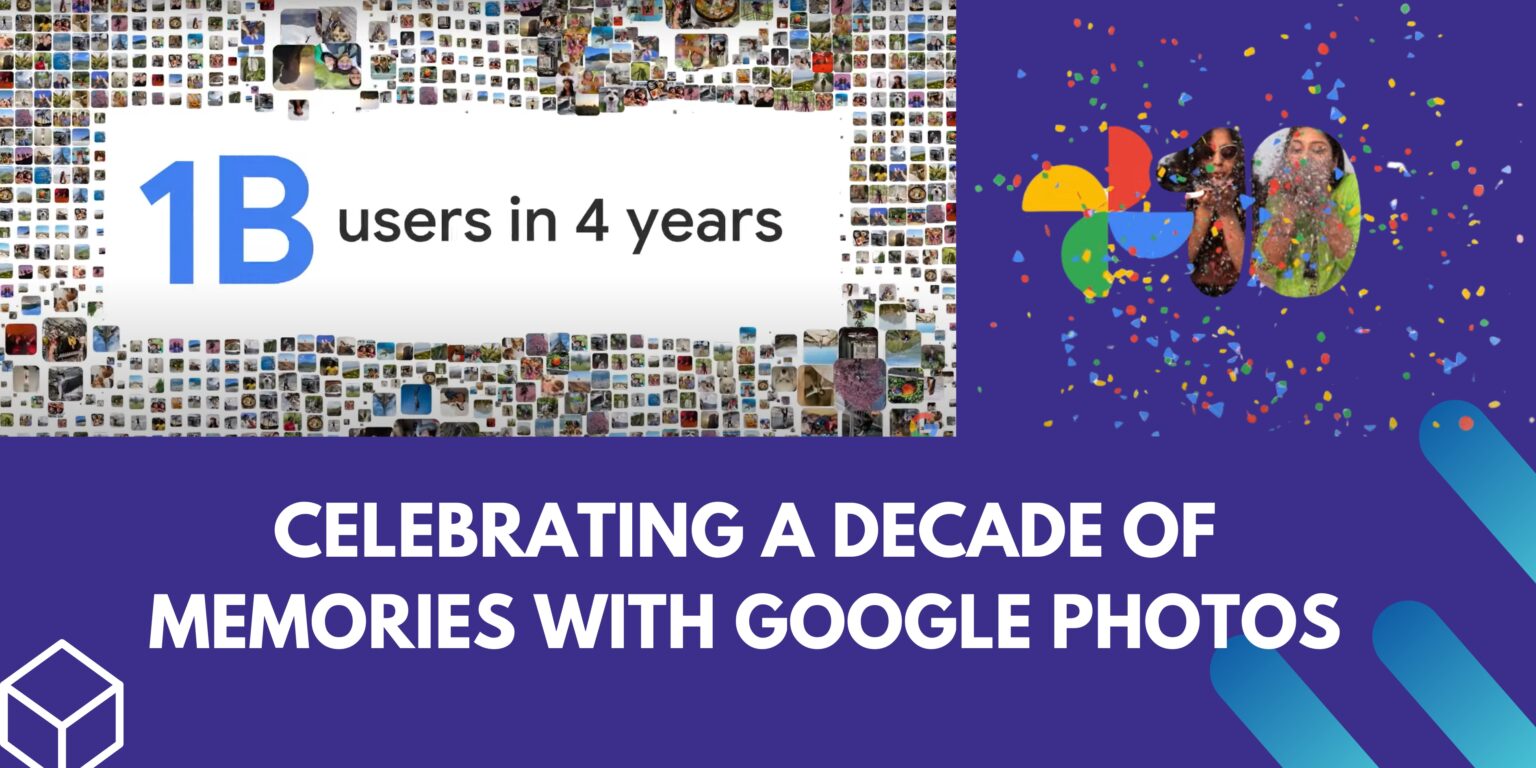Google Photos has reached a significant milestone—celebrating 10 years of helping users store, organize, and relive their cherished memories. Since its launch in May 2015, the platform has evolved into a comprehensive photo management solution, integrating advanced AI features and user-friendly tools.
A Decade of Growth: Key Statistics
Over the past ten years, Google Photos has experienced remarkable growth. Here’s an overview:
| Metric | Value |
|---|---|
| Launch Date | May 28, 2015 |
| Monthly Active Users | 1.5 billion |
| Total Photos & Videos Stored | Over 9 trillion |
| Average Edits per User per Month | 210 |
| Daily Uploads (as of 2017) | Over 1.2 billion photos |
| Total Animations, Collages, Effects | 1.6 billion created |
Celebrating 10 Years: New Features
To commemorate its 10th anniversary, Google Photos has introduced several new features aimed at enhancing user experience
Revamped AI-Powered Photo Editor
The photo editor has been redesigned to incorporate advanced AI capabilities
- Reimagine: Allows users to modify specific elements within a photo using text prompts.
- Auto Frame: Suggests optimal cropping to highlight the main subject.
- Integrated Tools: Combines popular editing features like Magic Eraser and Photo Unblur into a unified interface.
These enhancements aim to make photo editing more intuitive and accessible for all users
Simplified Sharing with QR Codes
Sharing memories has become more straightforward with the introduction of QR code functionality
- Instant Album Access: Generate a QR code for any album, allowing others to view or contribute without needing a direct link.
- Ideal for Events: Facilitates easy sharing during gatherings, parties, or collaborative projects.
Tips & Tricks: Maximizing Google Photos
To help users get the most out of Google Photos, here are some practical tips:
- Customize Memories: Tailor your Memories by hiding specific people, pets, or dates under Settings > Preferences > Memories.
- Free Up Device Space: Use the “Free up space” feature to remove photos already backed up, freeing storage on your device.
- Advanced Search: Leverage natural language queries like “beach trip 2019” or “birthday party with cake” to find specific photos.
- Organize with Collections: Group related photos into albums or collections for easier access and sharing.
- Explore the Places Tab: Discover photos based on geographic locations, making it simpler to relive travel memories.
Looking Ahead: The Future of Google Photos
As Google Photos enters its second decade, the focus remains on enhancing user experience through AI and machine learning:
- Conversational Search: The upcoming “Ask Photos” feature will allow users to search their photo library using natural, conversational language.
- Enhanced Personalization: AI-driven suggestions will become more tailored, offering personalized albums and memory highlights.
- Expanded Editing Tools: Continued development of AI-powered editing features will provide users with more creative control over their photos.
Over the past decade, Google Photos has transformed the way we store and interact with our visual memories. With continuous innovation and user-centric features, it remains a vital tool for preserving life’s moments.
- Google Photos has reached a significant milestone—Celebrating 10 YearsGoogle Photos has reached a significant milestone—celebrating 10 years of helping users store, organize, and relive
- Google Unveils Veo 3: A Leap in AI Video GenerationGoogle Veo 3 is the latest advancement in AI-driven video generation, unveiled at Google I/O 2025.
- Ultraviolette Tesseract: The Killer of All Electric Scooters in India with Dual Camera & Radar TechThe Ultraviolette Tesseract marks a significant leap in the electric two-wheeler segment, blending cutting-edge technology with
- Gemini AI: Pioneering the Next Generation of Multimodal Artificial IntelligenceTable of Contents 1. Introduction In the rapidly evolving landscape of artificial intelligence (AI), the demand
- ChatGPT AI: A Deep Dive Into the Future of Conversational IntelligenceTable of Contents 1. Introduction Artificial intelligence has rapidly evolved over the last decade, reshaping the


